Table of Contents
ToggleIntroduction
In industrial, commercial, and construction environments, space constraints often complicate the task of moving heavy loads. The small jib crane solves this challenge elegantly. Compact yet powerful, this type of crane provides safe and efficient material handling in tight workspaces. Whether mounted to a wall, floor, or column, small jib cranes are highly adaptable, precise, and cost-effective.
In this comprehensive guide, we explore what a small jib crane is, how it works, where it’s used, and why it may be the ideal solution for your business.
What Is a Small Jib Crane Used For?
A small jib crane is designed for lifting medium loads in confined or repetitive work areas. These cranes are typically installed in fabrication shops, garages, plant maintenance areas, and warehouses where efficient material handling is essential but space is limited.
Common applications include:
- Assembly stations in manufacturing facilities
- Loading/unloading materials on workbenches or vehicles
- Machine maintenance and repair operations
- Supplemental lifting beneath a larger gantry crane
Because of their range and adaptability, small jib cranes are integral pieces of material-handling equipment in numerous industrial settings.
How Does It Work?
Despite its compact design, a small jib crane comprises multiple components that function together to lift, rotate, and position loads efficiently:
Key Components:
- Column (Mast): Provides vertical support; optional in wall-mounted models
- Boom (Reach): Horizontal beam for load handling
- Hoist: Raises and lowers the load (manual, electric, or pneumatic)
- Trolley: Allows the hoist to move along the boom
- Hook: Attaches the load to the crane
- Rotation Stop: Prevents collisions by limiting boom movement
- Control System: Manual or push-button operation for controlling movements
Booms generally rotate between 90° and 360°, depending on the crane’s mounting style.
Types of Small Jib Cranes
There are several types of small jib cranes, each optimized for specific spatial or load-handling requirements:
1. Column-Mounted Jib Crane
- Mounted on a vertical pillar
- Up to 360° rotation
- Ideal for standalone lifting zones
2. Wall-Mounted Jib Crane
- Mounted directly to a wall or column
- 180° or more rotation
- Perfect for tight interiors with limited floor space
3. Davit Cranes
- Lightweight and portable
- Best for lighter-duty applications and small loads
4. Low Headroom Jib Crane
- Features under-braced design to maximize lift height
- Designed for low-ceiling environments
5. Forklift Jib Crane Attachments
- Slides onto forklift tines
- Mobile lifting solution for large work areas
6. Articulated Jib Crane – Wall Mounted
- Dual-arm design allows for precise positioning
- Great for irregular or crowded layouts
Advantages of a Small Jib Crane
1. Space Efficiency
These cranes are designed to maximize utility in compact footprints. Both wall-mounted and under-braced models save valuable floor and vertical space.
2. Enhanced Safety
Manual lifting of heavy items is a common source of injury. A small jib crane ensures ergonomic, safe handling for operators.
3. Improved Productivity
By minimizing manual lifting and streamlining repetitive tasks, small jib cranes significantly boost productivity.
4. Flexibility
Use them independently or in conjunction with larger systems like gantry or bridge cranes for multi-phase lifting solutions.
5. Cost-Effective
Smaller cranes cost less to install, operate, and maintain—making them a wise long-term investment.
Learn more about their workplace advantages in Small Jib Crane Benefits for Compact Industrial Sites.
Installation and Setup Considerations
Installing a small jib crane requires planning based on load type, available space, and site layout. Factors to consider include:
- Mounting surface strength (wall, floor, or column)
- Swing radius clearance
- Vertical clearance (for boom and hoist)
- Power supply access (for electric hoists)
- Safety clearance from nearby equipment or walkways
For more layout planning, refer to Small Jib Crane Setup Ideas for Limited Work Areas.
How to Operate a Small Jib Crane
Operating a small jib crane involves several straightforward steps:
- Inspect equipment before use for wear or damage
- Ensure the path is clear of obstructions and personnel
- Center the hook above the load’s center of gravity
- Secure the load and lift gently, watching for sway or tipping
- Rotate and move the load slowly to the desired location
- Lower the load safely and ensure the hook goes slack before disconnecting
Always consult your crane’s operational manual and adhere to safety protocols.
Integrating Small Jib Cranes into Your Workflow
Small jib cranes can be used as standalone lifting solutions or as support tools in a larger system. In facilities using bridge or gantry cranes, small jibs are often installed beneath to offer fine control for precise operations.
For example, a gantry crane can transport a bulk load into a workstation, while the small jib crane positions the individual parts.
Where to Find the Right Small Jib Crane
Finding the right jib crane starts with choosing a trusted supplier who offers both standard models and custom options. Aardwolf provides an extensive line of high-performance jib cranes tailored for confined workspaces.
- View more crane products
- Explore Small Jib Crane: The Ideal Solution for Compact Lifting Applications
Conclusion: Why Choose a Small Jib Crane?
The small jib crane is a compact powerhouse. Its space-saving design, ease of use, and versatility make it ideal for busy workshops, fabrication bays, and industrial sites with limited floor area.
If your operation demands lifting solutions that increase safety and efficiency without requiring a major layout overhaul, a small jib crane is the smart, scalable answer.
For expert support in selecting the right crane system, explore Aardwolf’s product range or contact their team for custom recommendations.

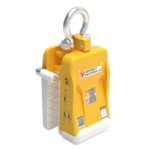
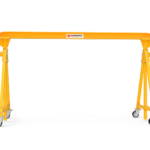
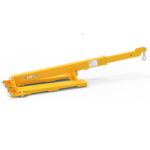
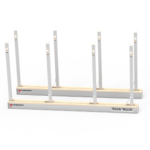
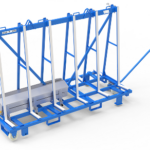
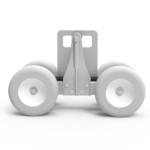
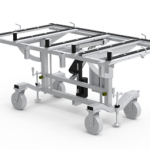
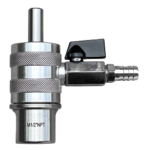
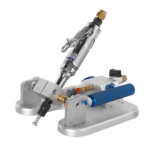
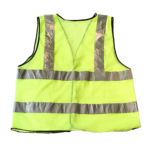

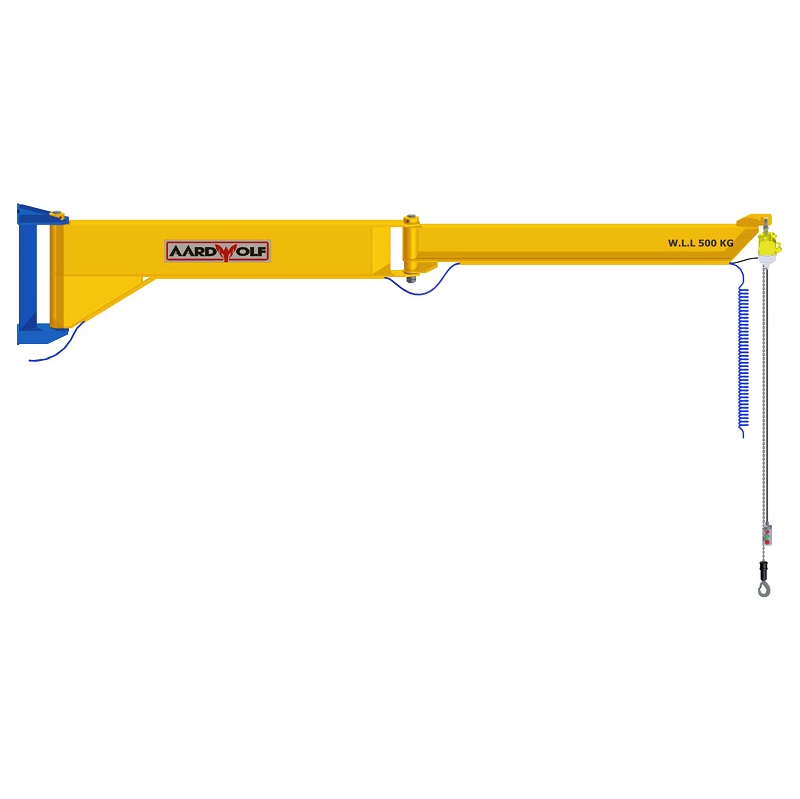
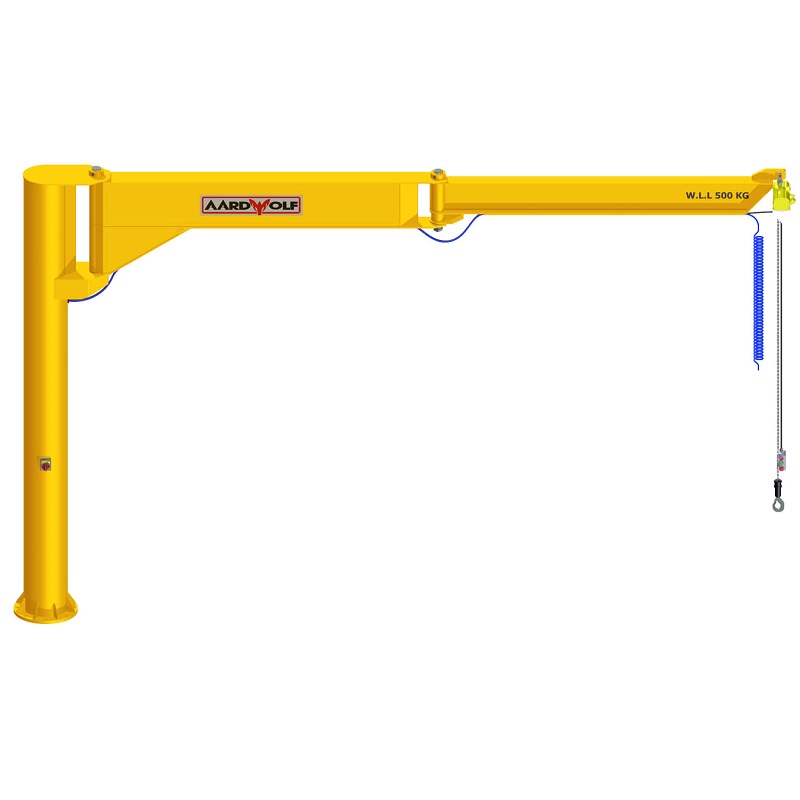
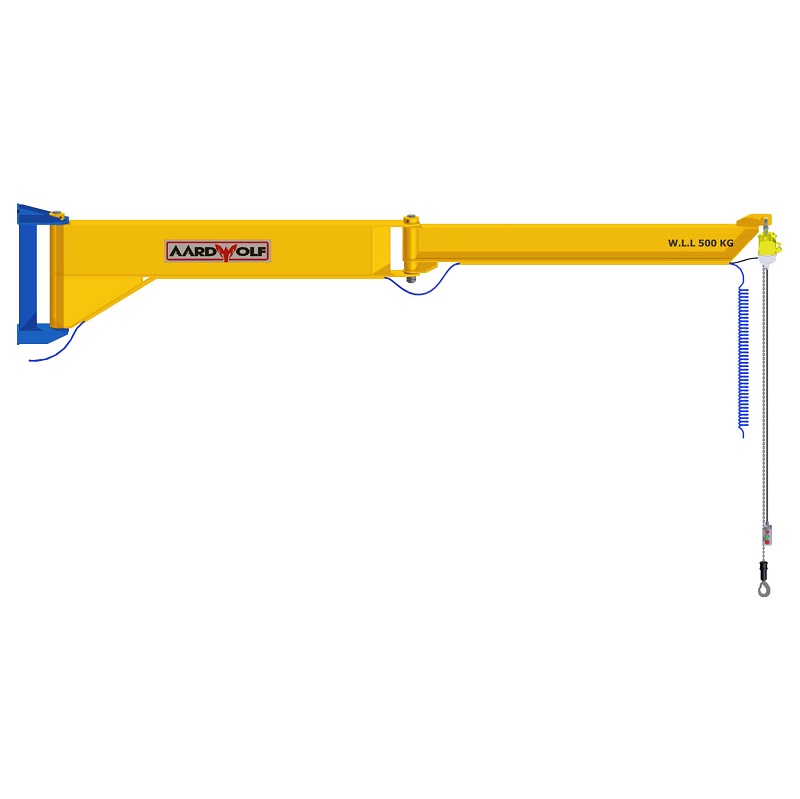
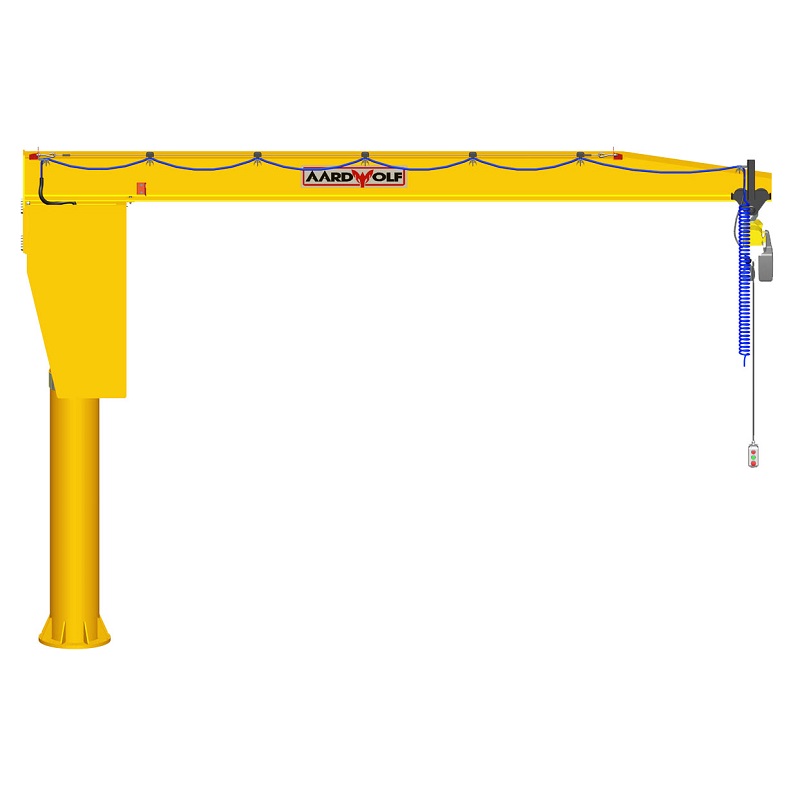
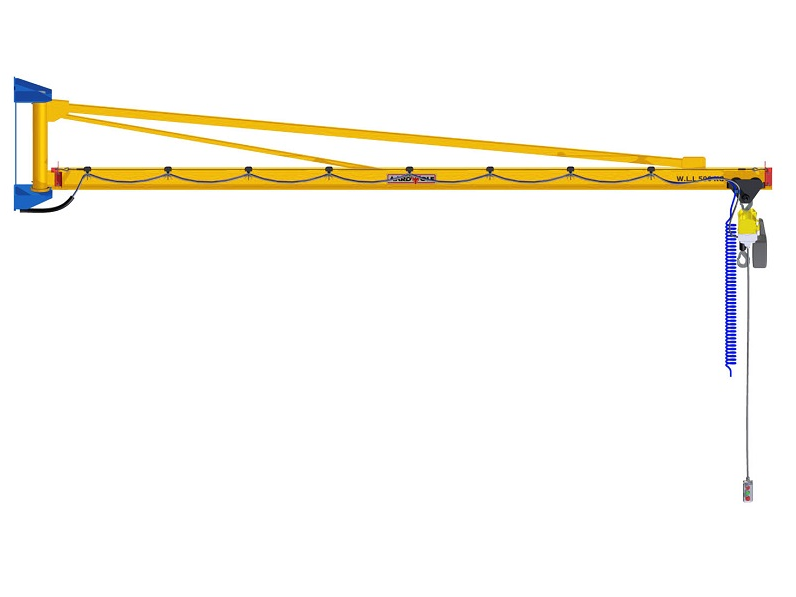

Please log in to leave a comment.